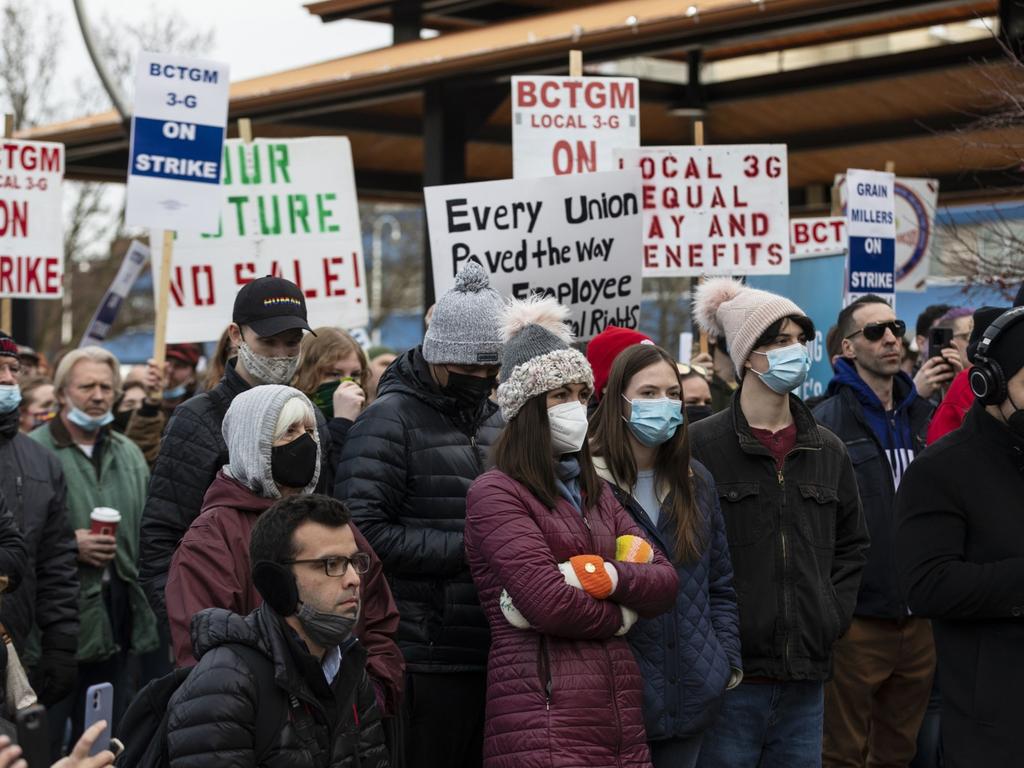Inflation rising, but it’s not out of control yet and the RBA has no need to panic

Ostensibly, Australia has been immune to rising global inflation. This is due to various idiosyncrasies locally; numerous government subsidies that reduce the prices paid by consumers, an increase in labour force participation and the absence of rising local energy costs are just a few reasons why inflation in Australia hasn’t been as worrisome as in the rest of the world.
But can it last? It’s unlikely we will face the same magnitude of inflation tailwinds as the rest of the world. But there are similarities, and to dismiss inflation concerns would be imprudent.
Australia remains a price-taker to the rest of the world, especially for discretionary consumer goods that are imported. It has become more expensive to bring merchandise into the country; for example, the cost of a 40-foot shipping container has increased by around 200 per cent in a year. Inevitably, a combination of shortages, rising freight costs and higher demand has led to an increase in prices already, which has been felt most in goods like furniture and various electronic equipment.
But the price rises have been fairly orderly. In the most recent ABS report for third-quarter Consumer Price Index, the headline inflation was running at 3.0 per cent and the underlying inflation, the RBA’s preferred target, at 2.1 per cent.
One argument is that suppliers, or importers, have partially offset rising costs with less promotional activities because local demand has been so high. But if promotion activity increases, then suppliers will begin passing on higher costs at the retail level.
Crucially, it appears that supply-chain issues will continue into the New Year, and feedback from the industry suggests that this could last for another six to 12 months. This will put pressure on retailers to raise prices and maintain profit margins next year.

The second-order effects of supply-chain induced inflation can’t be ignored. It’s not difficult to envisage that higher supply-chain costs feed through to higher prices across different industries. For example, the cost of constructing a new home has risen in Australia.
Subsidies such as the HomeBuilder grant introduced by the federal government last year have brought forward demand for housing construction.
But the ABS treats HomeBuilder grants as subsidies to households, so it means that they offset the prices paid by the consumer. To illustrate, on a yearly basis, in the CPI, the new housing purchase costs are running at nearly 4 per cent, which includes the effect of the subsidy. But if we exclude the subsidy, then costs are materially higher and closer to 8 per cent. Since there will be less HomeBuilder subsidies paid out in the upcoming quarters, new housing purchase costs will undoubtedly rise.
While supply-chain inflation is expected to rise, it will probably be temporary. A more permanent feature of inflation is one where wage costs across the economy are also rising. So far, only a handful of workers have gained much higher wages. This is most prevalent for jobs where there has been an acute skills shortage, such as IT, construction and chefs.
Wage growth takes time. Currently, only one out of 18 industries is experiencing wage growth above 3 per cent – the benchmark touted by the RBA to generate underlying inflation in its 2-3 per cent target.
Consequently, to generate wage inflation, the labour market needs to tighten further.
Record levels of fiscal stimulus, low interest rates and high household savings all point to a strong economic resurgence if further lockdowns are avoided. Therefore, it is not inconceivable to see the unemployment rate falling towards 4 per cent, and wages rising towards 3 per cent by the end of next year.
The message from the RBA is that we shouldn’t panic about inflation.
We agree that inflation is unlikely to spiral out of control.
Faraz Syed is a senior economist at Citi Australia.







Inflation has resurfaced across major global economies. In the US, the central bank has finally admitted that inflation is not transitory, with the core inflation measure – which excludes volatile items – running at 4.9 per cent, its highest rate since the Gulf War in the early 1990s. A combination of supply-chain disruptions, lower labour force participation, higher energy costs and an increase in demand for consumer goods during lockdowns have all contributed to rising global inflation.